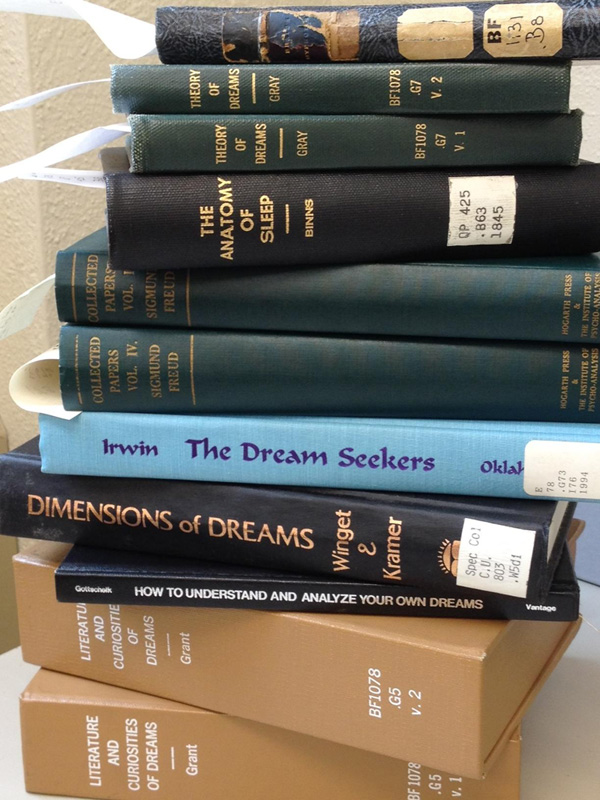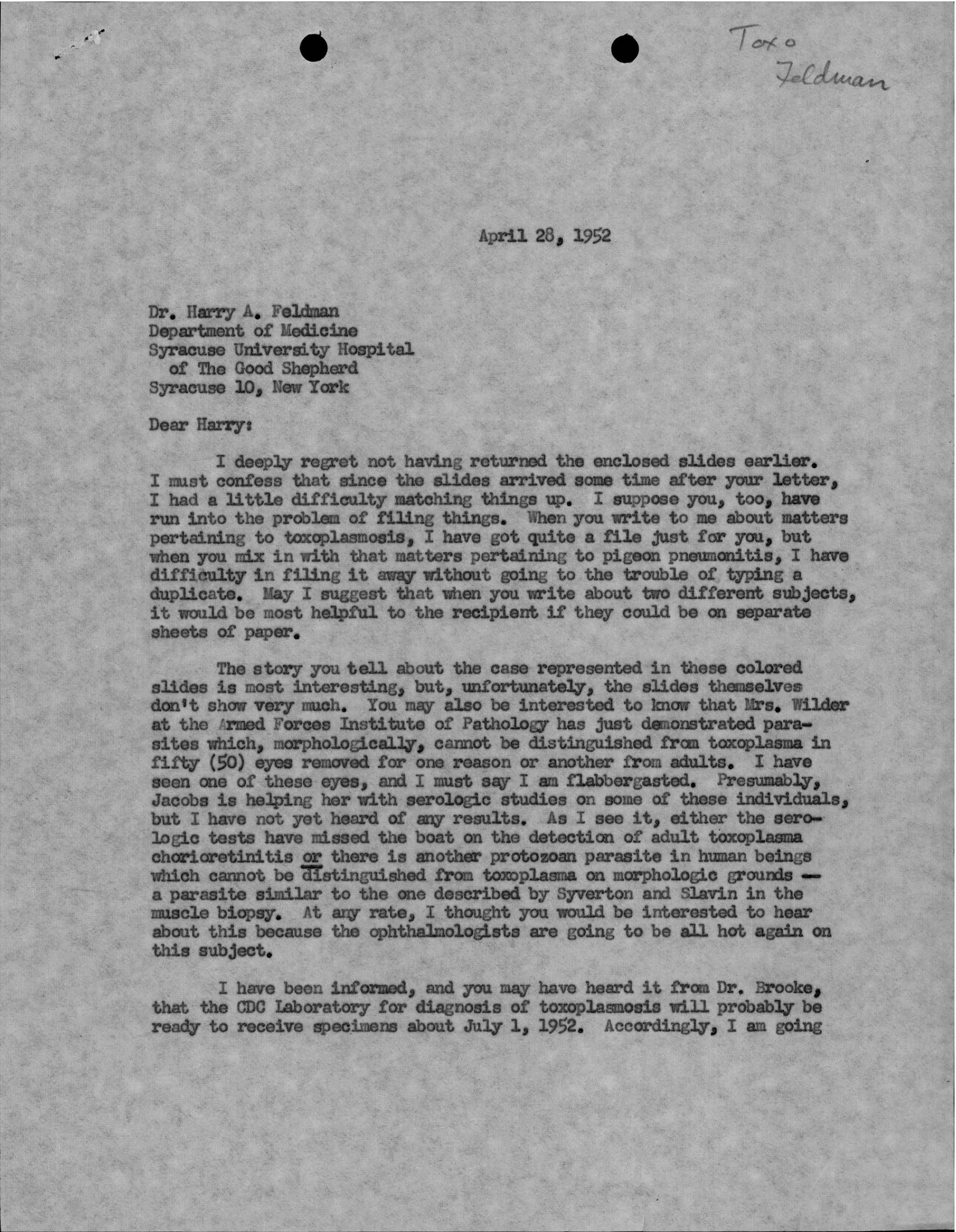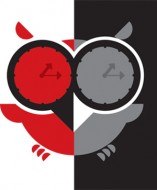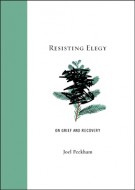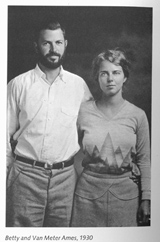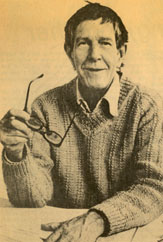 Use the new Filters sidebar to narrow or focus your PubMed search results! Filters are now visible next to your search results. PubMed replaced the Limits page with a Filters sidebar on May 10, 2012. Applying filters still work the way limits worked; once they’ve been selected, all subsequent searches will be filtered until you remove or change the filters.
Use the new Filters sidebar to narrow or focus your PubMed search results! Filters are now visible next to your search results. PubMed replaced the Limits page with a Filters sidebar on May 10, 2012. Applying filters still work the way limits worked; once they’ve been selected, all subsequent searches will be filtered until you remove or change the filters.
To see examples of how the filters sidebar can be used, view the National Library of Medicine tutorial on YouTube or take a look at the NLM Technical Bulletin news article.
Want to learn more about how the filters sidebar works in person? Register for a PubMed class taught at the Health Sciences Library. Each month an introductory or a more advanced PubMed class is offered. Both classes include using filters to narrow or focus search results. To register, browse the HSL class schedule at http://webcentral.uc.edu/hslclass/

